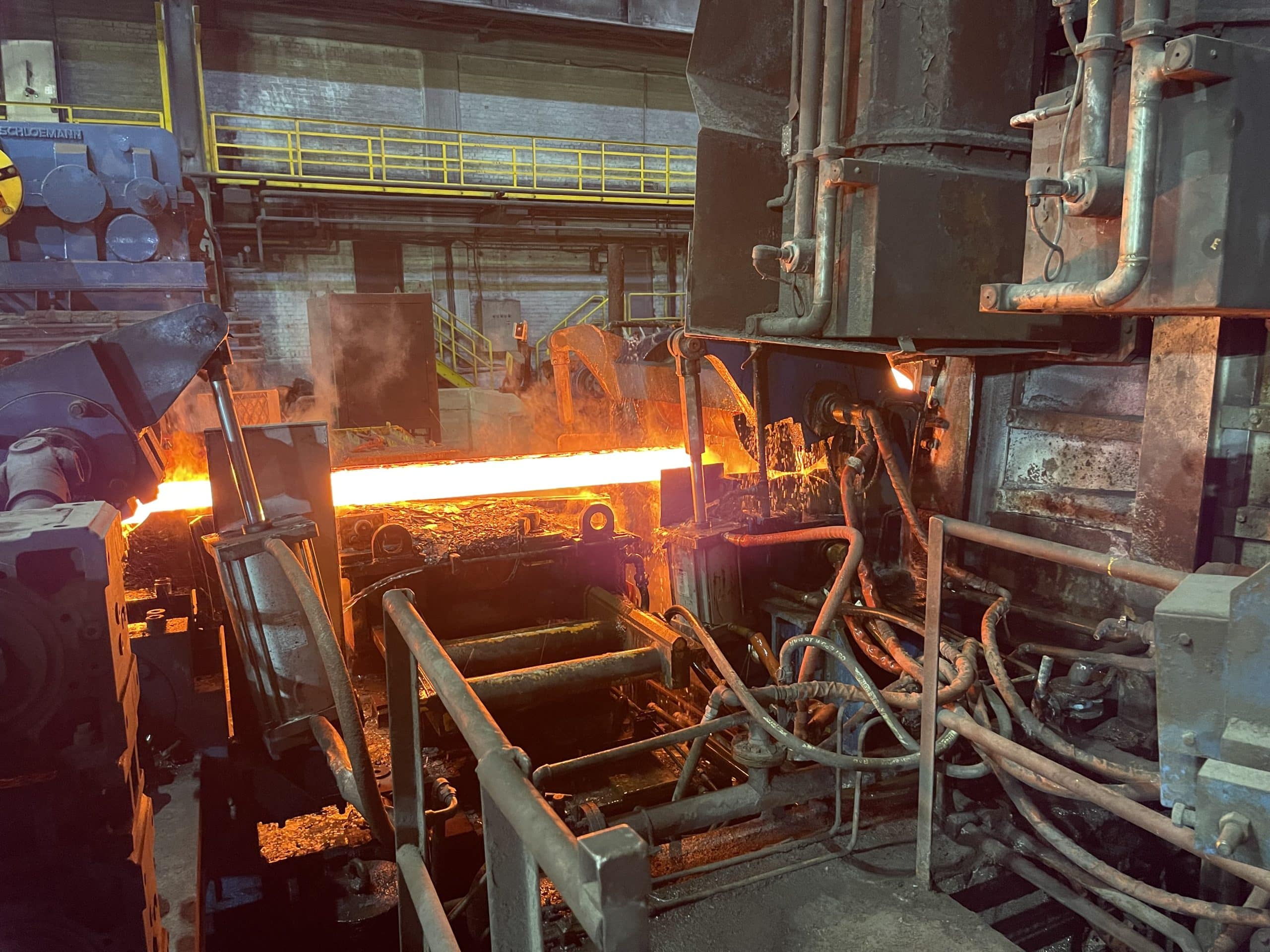Last edit: 24/06/2024
Introduction

The primary purpose of this Standard is to provide designers an overall framework and guidance during the development of a machinery that is safe for its intended use.
[EN ISO 12100: 2010 Introduction] The concept of Safety of a machinery considers the ability of a machine to perform its intended function(s) during its life cycle where risk has been adequately reduced.
This international Standard is a type-A standard. A type-A standard (basic safety standards) gives basic concept, principles for design and general aspects that can be applied to the machinery.
The EN ISO 12100 specifies basic terminology, principles and a methodology for achieving safety in the design of a machinery. It specifies principles of risk assessment and risk reduction to help designers in achieving this objective, describing procedures that allows them to identify hazards and evaluate risks, and to eliminate hazards or give the provision of sufficient risk reduction.
There are two phases that have to be followed:
- Risk Assessment
- Risk Reduction
